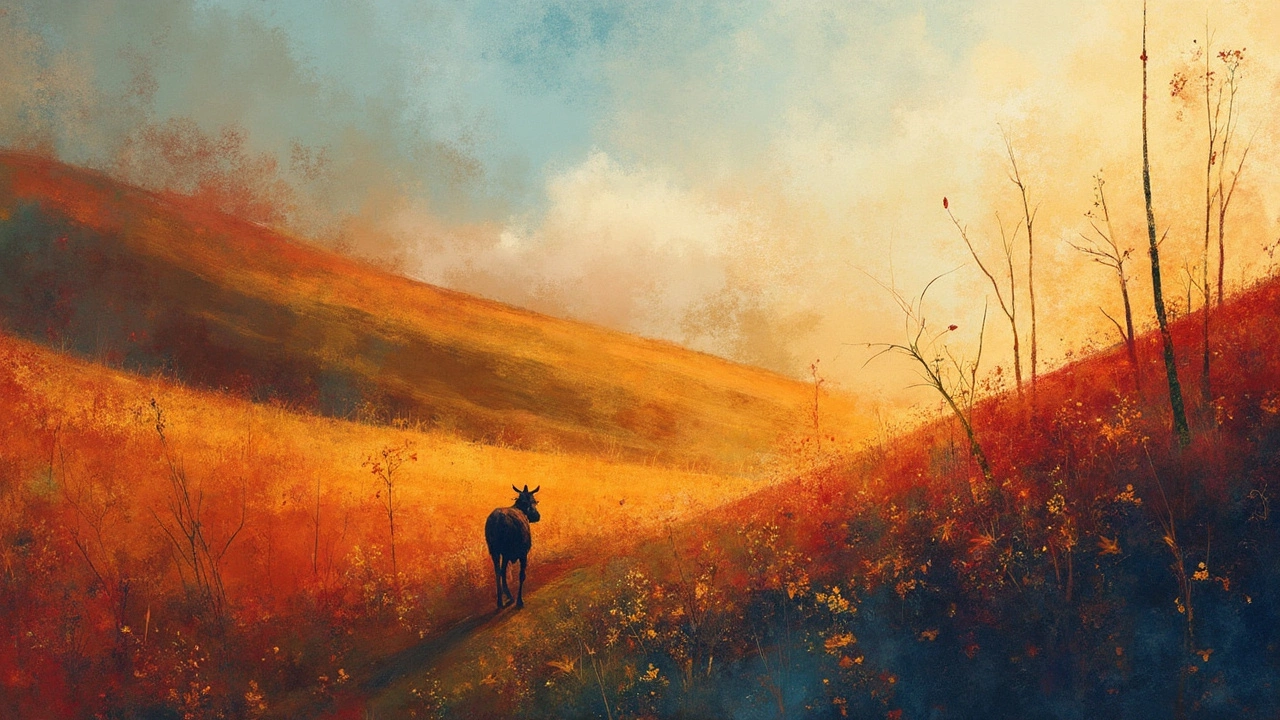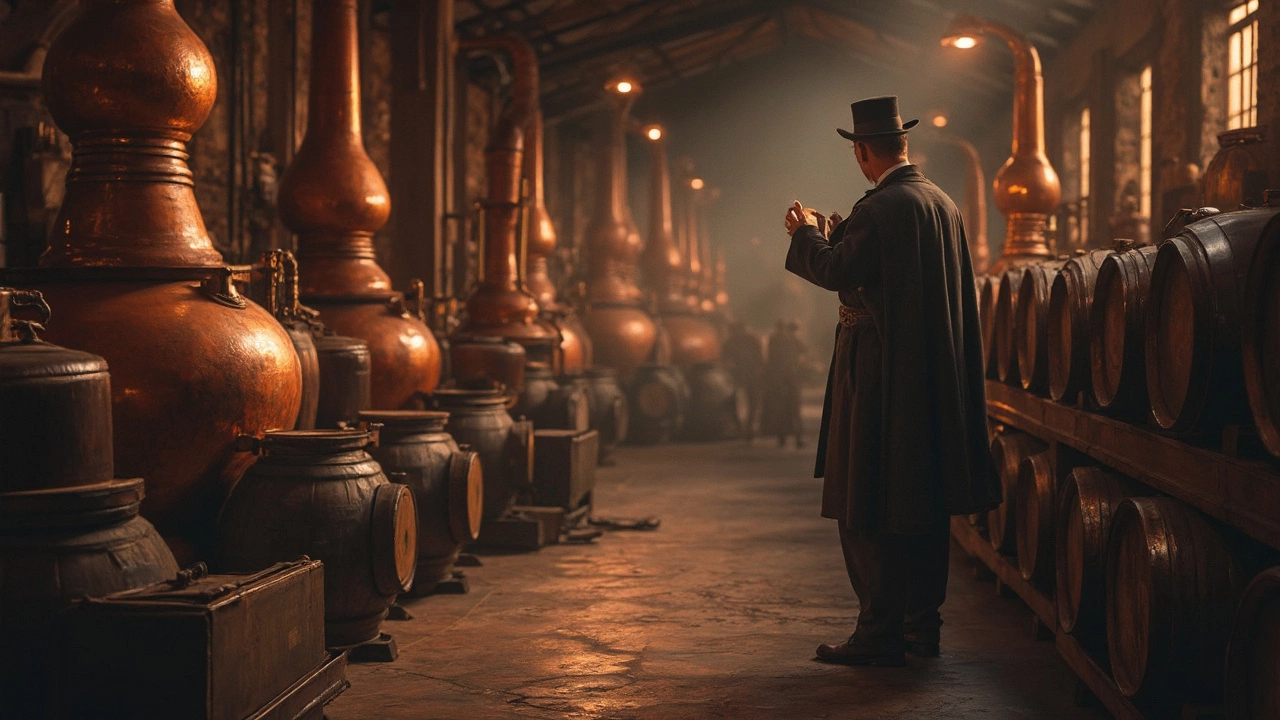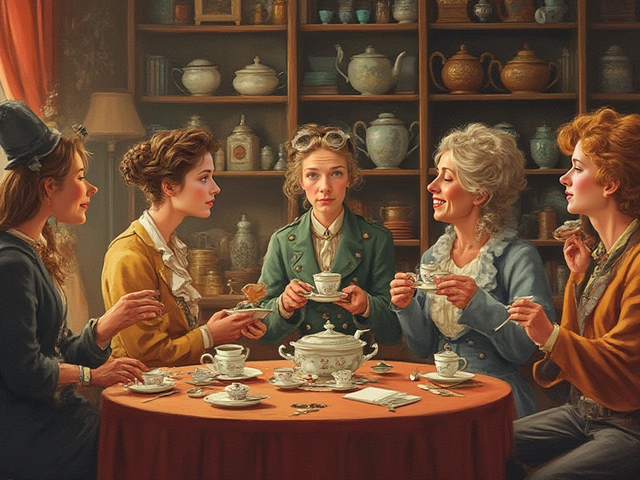Ever wondered what whiskey might taste like to someone who's never taken a sip? Imagine the intense aroma of a freshly opened bottle, hovering just above a tiny glass. It's a whirlwind of scents that can hit even the most unsuspecting noses. For a non-drinker, that first inhale can be intense. Some say it’s like diving into a pool of heavy spices and smokey woods. It’s quite different from a casual whiff of a soft drink or coffee.
Let's break down what makes up that complex scent. Whiskey's aroma is like an intricate puzzle of ingredients. You might notice notes of oak or vanilla. A non-drinker might pick up on these dominant scents instantly, without needing to take that daring first sip. As it warms up in the glass, the smells can evolve—imagine a bit of caramel or a hint of fruit sneaking in there.
- First Impressions
- Whiskey Aromas and Flavors
- Tasting Tips for Non-Drinkers
- Learning to Appreciate Whiskey
First Impressions
When it comes to **whiskey taste**, a non-drinker’s first encounter is often with their sense of smell. Before they even consider taking a sip, the aroma is like a preview of what's inside. Picture an orchestra of scents: spices, smokey bits, maybe a touch of honey or vanilla. These first impressions can be overwhelming, but they set the stage for understanding what follows.
Most whiskey lovers start their tasting experience with a glance at the color. Whiskey ranges from pale straw to deep amber, and this color gives a clue about its age and flavor profile. A darker whiskey might hint at richer, deeper flavors that come from longer aging in oak barrels—or from the type of cask used, such as sherry or bourbon.
Nosing the Whiskey
This is where the magic happens. Placing your nose above the glass, you get the whiskey's character. A non-drinker, trying to make sense of this, might find it a bit like a scent safari. It’s filled with surprises—each sniff reveals new layers. It's not uncommon to catch a bit of apple, leather, or even a hint of smoke.
Nosing isn’t about gulping down air. It's about slowly letting the aroma sit there for a moment. This helps highlight the different notes and gives an idea of the whiskey flavors. For someone unfamiliar, it might be interesting to notice which scents dominate. Is it intense like spicy chilies, or mellow like toasted nuts?
- Tip: Don’t dive in quickly. Let your nose adapt to the complexity.
- Tip: Try nosing it from different distances to capture various aromas.
Understanding these first impressions helps a non-drinker slowly dip their toes into the **whiskey** world. It’s about embracing the unfamiliar and letting each scent tell its own little story.
Whiskey Aromas and Flavors
You might think all whiskey smells and tastes the same, but it's actually full of variety. Each bottle is like a different symphony of aromas and flavors. The first thing to know is the role of ingredients and their interaction with the barrels used for aging. They combine in all sorts of interesting ways that create whiskey flavors you wouldn’t expect.
The main elements contributing to whiskey's aroma are the grains used, like barley, corn, rye, and wheat. Barley brings malty notes, corn adds a sweetness, rye gives a spicy kick, and wheat lends a softness. Now, imagine how these transform when the liquid is aged in oak barrels.
Common Aromas in Whiskey
One key factor in shaping whiskey is how it's aged. The barrels do more than hold the liquid; they infuse it with rich aromas and flavors:
- Vanilla and caramel – Most common, thanks to the transformation of natural wood sugars. Ever smelled an old-fashioned candy store?
- Spices – You might catch a hint of nutmeg, cinnamon, or pepper. These come from the barrel and can give the whiskey its signature spice kick.
- Fruits – Some whiskeys offer the smell of dried fruits like apricot or plum, while others might tease your nose with fresh apple or citrus.
- Smoke – Often found in Scotch whisky, this aroma comes from drying the malted barley over a peat fire.
Tasting and Identifying Flavors
Experiencing whiskey is partly about noticing how the flavors hit your senses. Some whiskey taste profiles include:
- Sweetness – Think along the lines of honey or even slight toffee notes.
- Savory – Some whiskies have a leathery or earthy character, which can seem odd at first but add depth.
- Heat – You'll often feel this at the back of the palate, especially from high alcohol content.
Though non-drinkers might miss some of the subtleties without tasting, even the rich smells can give a good idea of what whiskey is like. As you get more familiar, picking out distinct notes becomes a fun game, decoding each bottle's unique story.

Tasting Tips for Non-Drinkers
If you've never tasted whiskey but you're curious about what all the fuss is about, there are ways to explore its world without feeling overwhelmed. First off, don't feel pressured to drink it neat if that's not your style. Whiskey taste can be a sensory overload, especially if you're just venturing in.
Start with the Aroma
Begin with the smell. It’s one of the most pleasant and complex aspects. Hold the glass to your nose, gently inhale, and try to identify a few scents. What do you notice first? Is it the sweet caramel or the spicy pepper? Spend some time with this step—no need to rush.
"Whiskey is a journey; it doesn't have to be a destination." – John Glaser, Whiskey Maker
Experiment with Adding Water
Many seasoned drinkers—and non-drinkers alike—find adding a drop of water can open up a whole new world of flavors. It can soften the alcohol burn, allowing more subtle flavors to emerge. Try it out. A small splash might make all the difference.
Consider Food Pairings
Have you ever thought about pairing whiskey flavors with food? Just like wine, whiskey can complement certain dishes beautifully. Think cheese, nuts, or even a rich chocolate. Experiment and find out which combinations work best for you.
Don't Go Overboard
No one sets out to become an expert overnight. Take it slow, try different types, and keep notes if it helps. Enjoy the process of discovering what suits your tasting preferences. The journey is half the fun.
Here’s a quick tip: if alcohol just isn't your thing, attending a tasting can still be enjoyable. Observe how others experience the whiskey and pick up insights on what makes each blend distinct.
Learning to Appreciate Whiskey
So, you're curious about whiskey but not quite ready to down a glass? No worries, there’s a lot you can experience without drinking a drop. Start with the visuals. Take a clear bottle and hold it up to the light. Notice the different shades from pale gold to deep amber? That's the aging process at work. The longer the whiskey sits in a barrel, the darker it usually becomes.
Let’s talk aromatics. Give that unopened bottle a good sniff. Once you’re familiar with what’s inside, try pouring a small amount into a glass and swirl it. This releases more aromas. Notice how that noseful changes? This isn't just for professionals—anyone can do it. You're learning to identify distinctive whiskey notes.
Breaking it Down
Identifying flavors takes practice. It helps to compare whiskey notes to daily scents you already know. Here's a short list to get you started:
- Oak: Think of freshly sanded woodwork.
- Vanilla: Imagine baking cookies at home.
- Caramel: Picture a sweet, sticky toffee.
- Fruits: A hint of apple or pear.
These comparisons help even a non-drinker start appreciating the complexity bottled up in whiskey.
Expand Your Knowledge
If you’re someone who loves diving deep into subjects, keep some resources handy. Getting familiar with terms like 'malt' and 'peat' can boost your confidence when discussing whiskey with friends. There are also many online communities and podcasts that focus on whiskey tasting. Interacting with enthusiasts can give you new insights.
Finally, visiting a distillery, if possible, is a game-changer. Standing where whiskey is made and soaking in the atmosphere often makes people appreciate it even more. There's nothing quite like the smell of aging barrels lining a warehouse.


